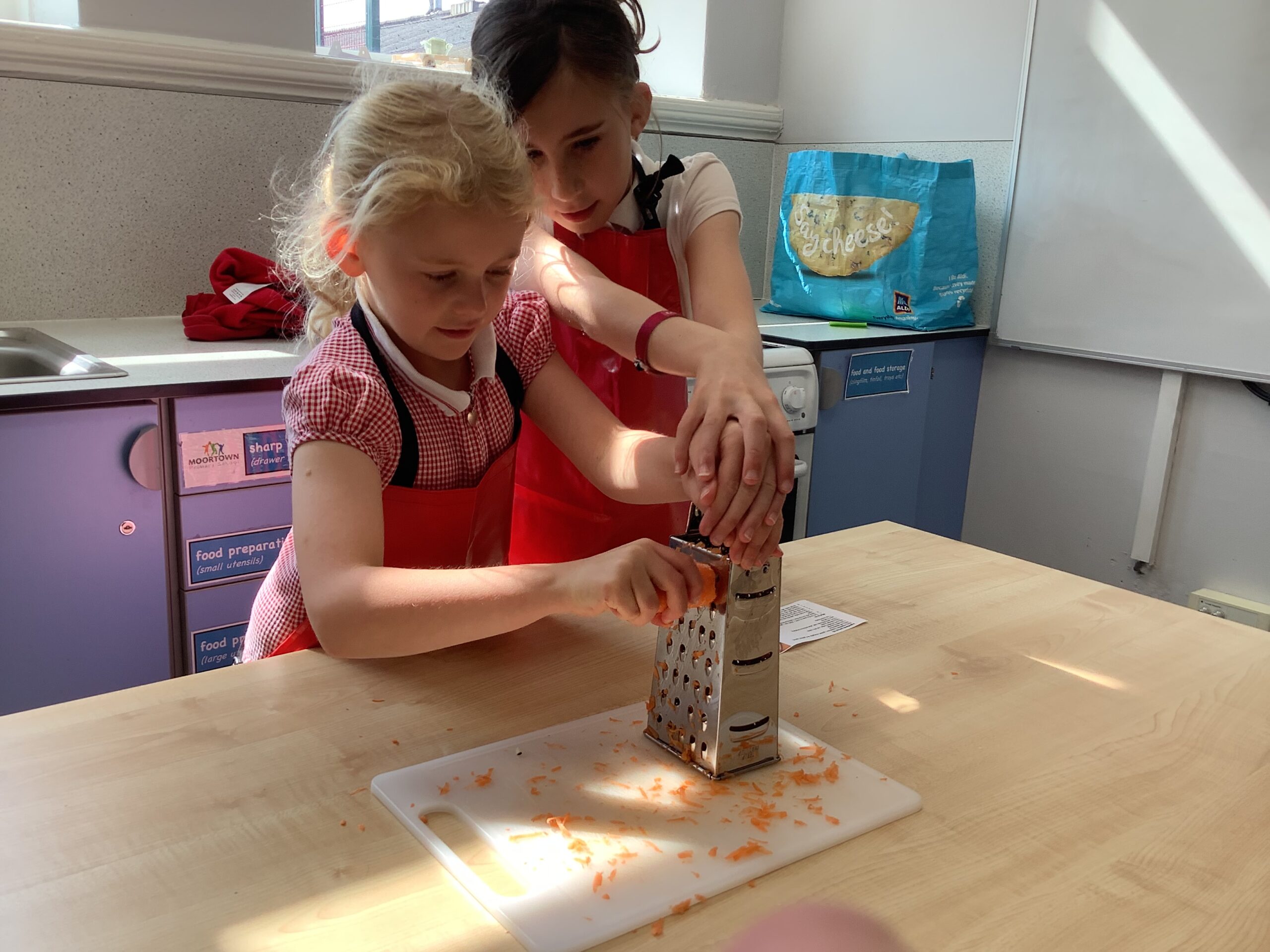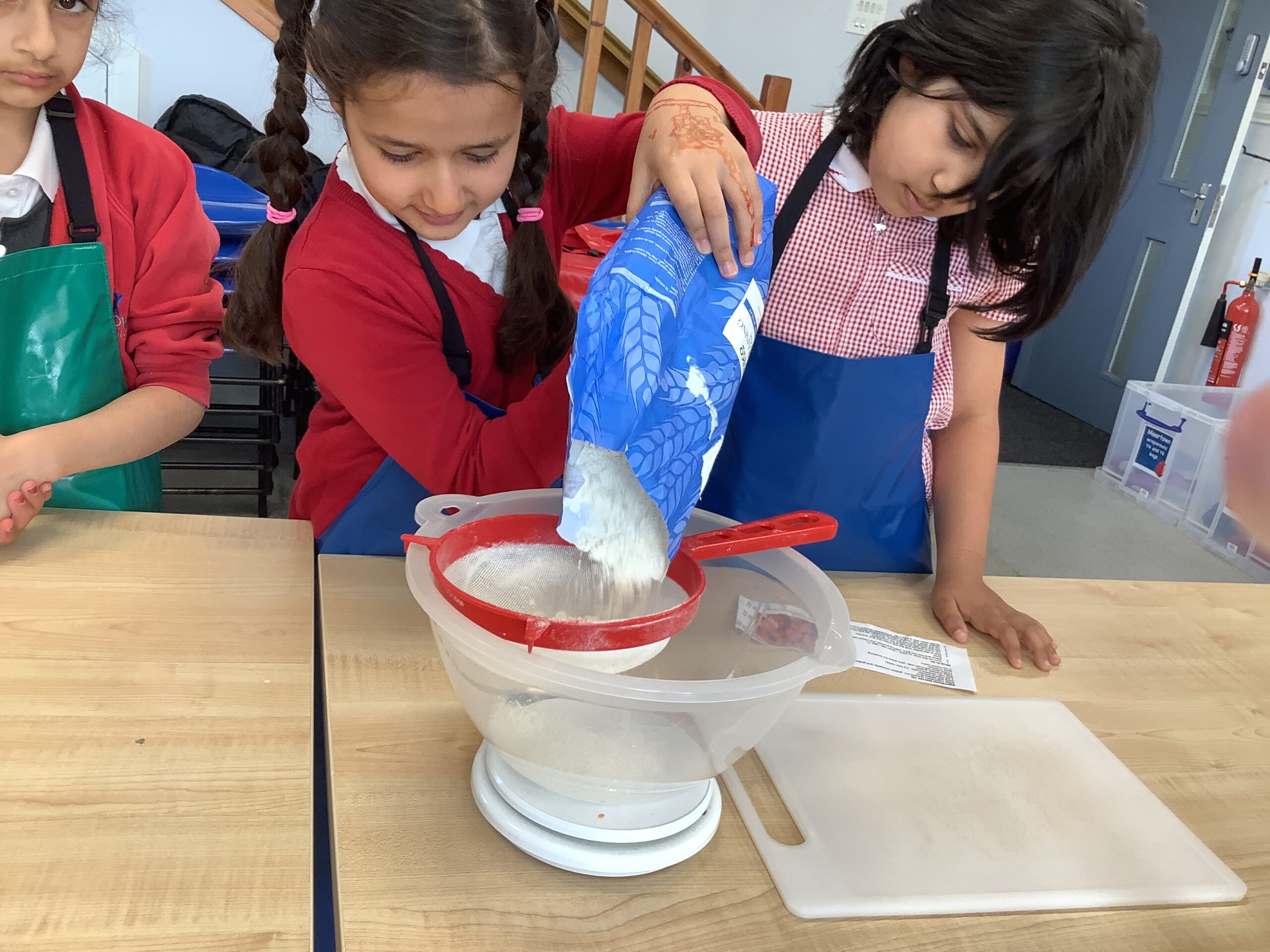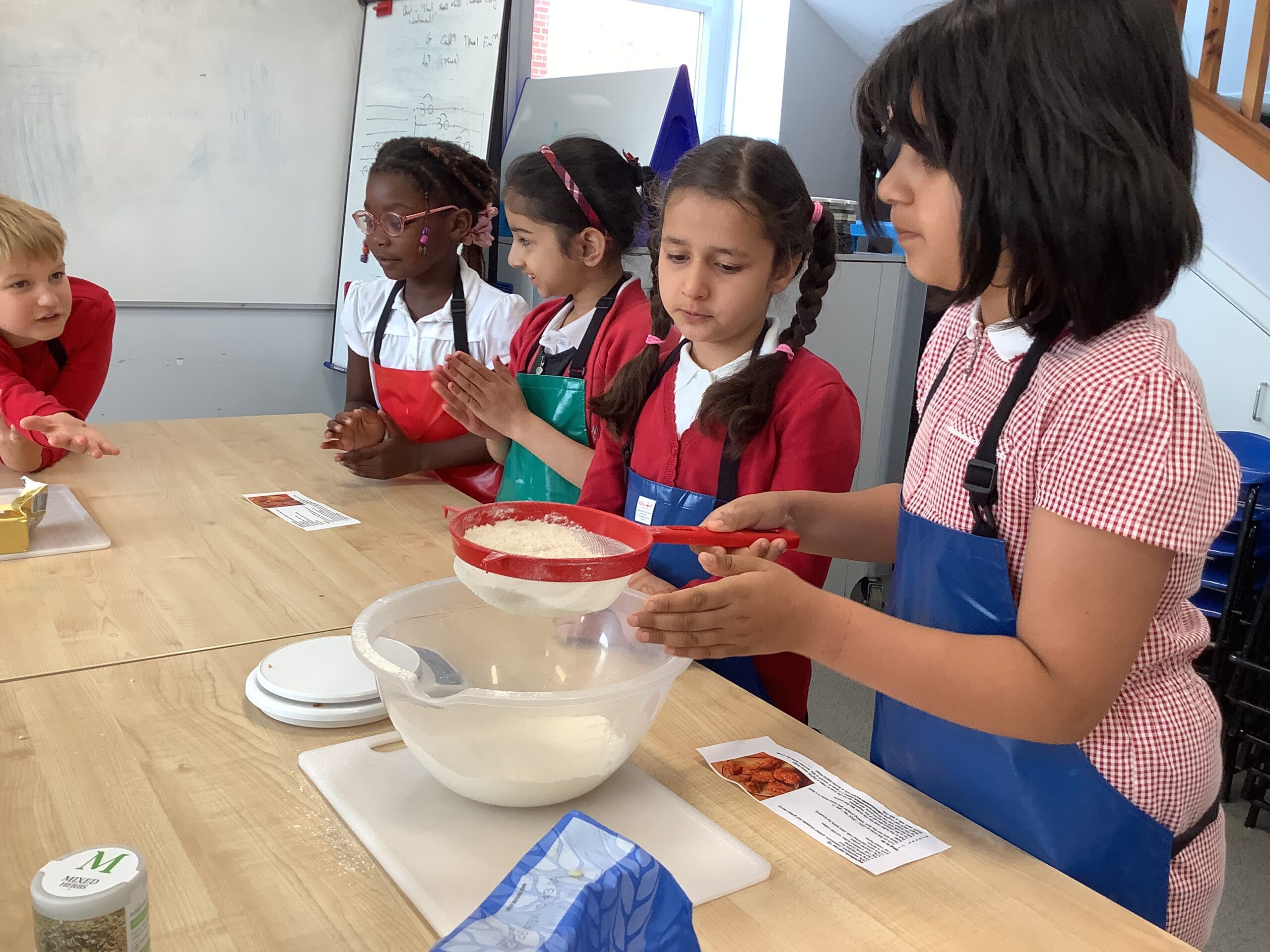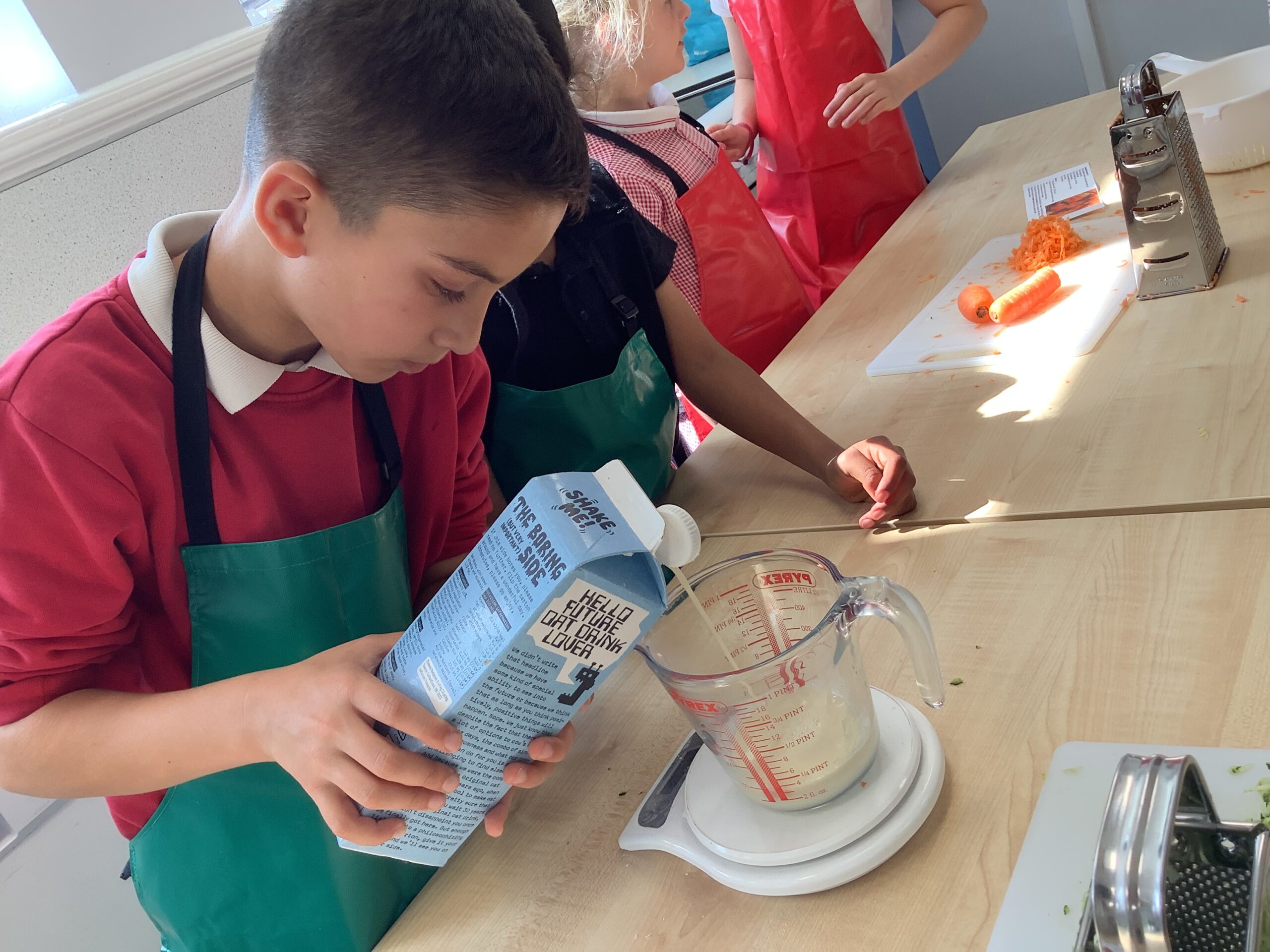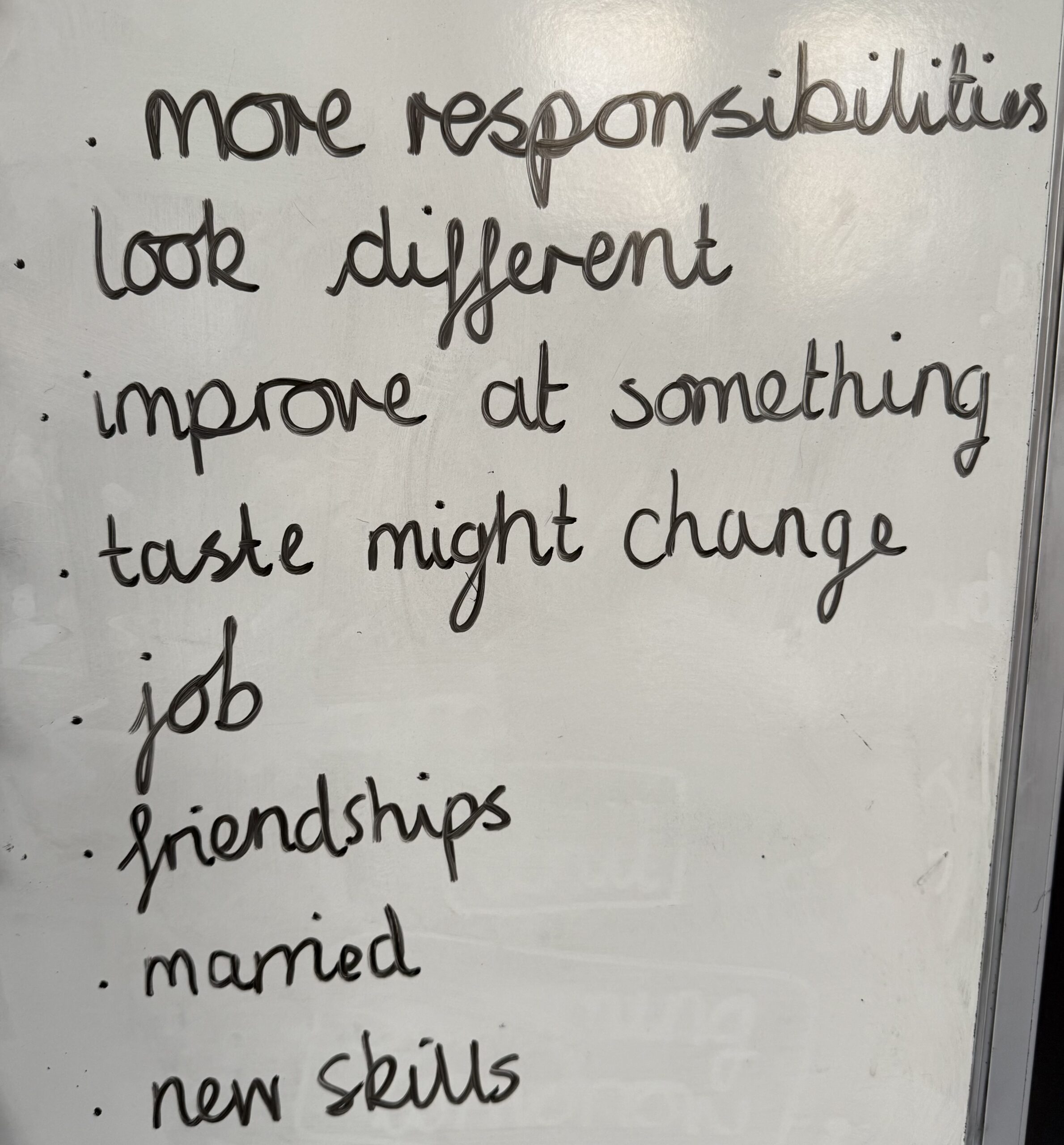Looking forward to this year!
Hello Year 3!
As you know, I’m Miss Birch and I’m going to be your child’s teacher for the next year! I’m really looking forward to working with all of the children and grown-ups. I hope you’ve all had a wonderful summer holiday and are raring to come back. We’re going to be a fabulous team – bring it on!
What a year!
It’s the final day of the year before the summer holidays begin! We just wanted to write a final message to say a huge well done to all the children for such a fantastic year. It really has flown by and they have progressed and learnt so much along the way.
Also, thank you to all the parents and grown ups who have worked with us to support their children and thank you for any gifts you have given too!
Have a great holidays, from Miss Birch, Mrs Simpson and Miss Akhtar.
Here are some great memories from Year 3…
Being Healthy Themed Week!
This week is Being Healthy Week! It has been a week full of learning and activities that help us to know how we can be healthy, physically and mentally.
Monday
We began the week off by talking about a healthy, balanced lifestyle. A healthy, balanced life style can benefit us in many ways…
The children were very knowledgeable about how they can make balanced choices like having fruit instead of sweets or scooting to school rather than driving.
Year 3 went back to Skipping School! One great way to stay physically active is by skipping. They learnt two new skipping skills; the cross over and pretzel!



We had a visit from BMMA – British Military Martial Arts. Many of the children have been to this club before so they were experts.
Tuesday
Being healthy includes how to be safe. The children were visited by Leeds City Council to recap how they can be safe around the road. The Green Cross Code:
THINK
STOP
LOOK
LISTEN
Year 3 took part in an amazing Yoga session where they practised mindfulness and different strategies to support their mental well-being.




We’ve never seen the children look this relaxed!
The children have been set personal best targets. Yesterday, we completed as many speed bounces as we could in one minute and held a stork pose for as long as we could. We’ll do these again two more times this week and hopefully, we improve each time.
Wednesday
Wednesday kicked off with an amazing session with Phil – a ‘break boy’. He showed the children different ways that they can express themselves through art, music and dance. This can help the children with their mental well-being and they had a go at ‘breaking’ themselves!



We had a workshop to learn about personal hygiene. Keeping our personal hygiene up is really important to stop spreading bacteria and virus’ to each other. We saw how soap helps to stop this spread. Black pepper acted as our germs…


Our last visitor on Wednesday were the Basketball team coaches. We showed off our dribbling and shooting skills.

Thursday
Sports Day!
Friday
Leeds Well came to visit to remind us of the main things that we can do to have a healthy lifestyle. These include; eating a balanced diet that can give us energy, staying hydrated with water and low sugar drinks and exercising for 60 minutes a day.
D:Side Dave was in to educate us about cigarettes and smoking and the risks that come with it. This will set us up to make sensible choices when we are 18 and older.
Overall, Year 3 have had a fantastic ‘Being Healthy’ week learning and celebrating being healthy and active. Help at home by talking to your child about the activities they’ve taken part in this week. What was their favourite?
Living and Learning: body image
During the last two Living and Learning sessions, Year 3 have been discussing body image.
We started off by discussing the word ‘beauty‘ and what that means to different people. We realised that…
Everyone’s idea of beauty is different.
We talked about how media and advertising can make us think that beauty is to look one way or another.
However, some of these images may have been edited or changed to look a certain way. So, it is important that we do not compare ourselves to the images that we see online. Not everything we see online is real!
We thought about ourselves and how we are all beautiful in our own ways. Help at home: Reinforce the idea that not everything we see online is real. Can you think of something you love about yourself?
It can be on the outside or inside.
“I am beautiful because…”
Now try it with someone else at home.
“You are beautiful because…”
D&T: making a prototype go-kart!
Design brief:
To design and build a prototype go-kart.
Design criteria:
- must move freely
- must be able to hold a model figure
- must use an electrical circuit for motor
Challenge:
To use a steering mechanism.
The children designed their go karts using annotated sketches. These included dimensions and components. This week, they began building and they made a fantastic start.
They each had a role within their team:
- an organiser of the components
- a builder
- a design checker
They worked very well in their groups too. Help at home by listing three skills someone needs in order to be a great team mate.
Science: Does the amount of seeds affect the growth?
Does the amount of seeds affect the growth of a plant?
Year 3 have set up a test to see whether the amount of seeds in one pot affects the growth of a plant and more specifically a dwarf sunflower!
What are we measuring?
We are measuring the height of the plants in centimetres every week.
What are we keeping the same?
We are keeping the size of the pots, the amount we water them and conditions (windowsill) the same.
What are we changing?
We are changing the amount seeds in each pot: 1, 2, 4 and 8 seeds per pot.
We went out in the sun to plant these and to plant our own individual sunflower seeds too!
The children will measure how these grow over the weeks and take them home.
Check back here to see updates!
Help at home by predicting what you think will happen to our 1, 2, 4 and 8 seeds growth.
Design and Technology: TechCard
During our Design and Technology lesson last week, the children were set a task to build a bridge.
The design criteria (what makes a product successful) for their bridge were:
- It has to be strong.
- It has to be able to hold a vehicle.
- It has to be long enough to stretch from one desk to another.
The children used TechCard for this! TechCard is a building system that uses simple card components to create working models.
I gave simple instructions and let them be as creative as they liked. I saw fantastic teamwork skills. They brought their own ideas together and every group built a successful bridge!
Here’s some images of us testing each bridge. The most successful ones had more than one layer of TechCard to make it strong and secure.
Help at home: What would children’s climbing frame need to be a successful one?
Can you list at least 3 design criteria?
1.______________________
2. ______________________
3. ______________________
Orienteering
Recently, as part of the Leeds Well Schools Partnership, some of our Key Stage 2 children participated in an orienteering event at Roundhay Park.
After being briefed on the rules and how to complete the orienteering challenge, they set off with their partner armed with a map of the site to find the first check point. Then, it was back to the start to hand over to the other pair in their team for them to find check point two and so on until all twelve markers had been found.
The children worked brilliantly in their teams encouraging and supporting each other.
Well done to all the children for representing the school so well and developing these great skills.
The event was led by Airienteers and they have permanent orienteering courses across Leeds locations. Here’s the course for Roundhay Park.

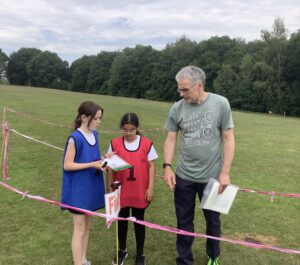
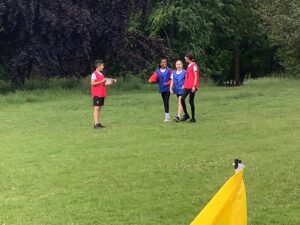

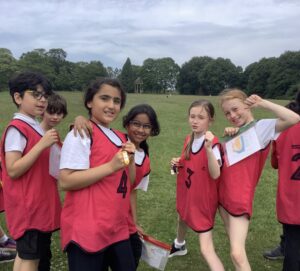
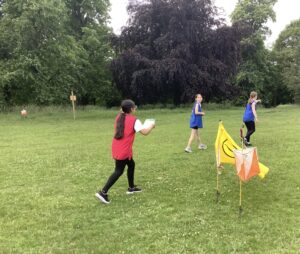
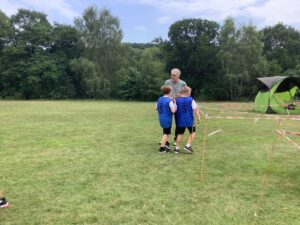
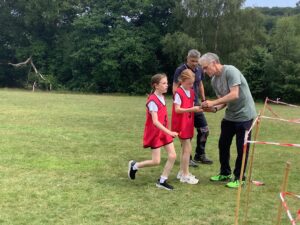

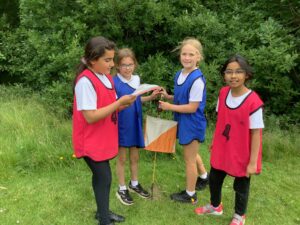
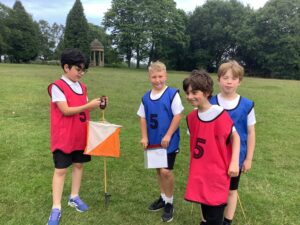
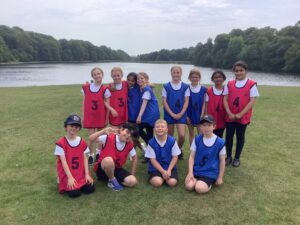
Food Technology: savoury scones!
Today, Year 3 completed their final Food Technology session. This time, they made savoury scones! Some of us had never eaten a savoury scone before, let alone made them.
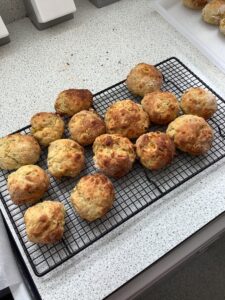
They had courgettes, carrot and sweetcorn in to make them filling and a part of our balanced diets.
We worked in groups of 10 to make a batch of scones so we all had to share the jobs. The two main skills we learned and practised were grating and kneading.
Grating the vegetables was tricky as we needed to keep the slippery grater up-right! The courgette was the most difficult.
Kneading our dough was interesting as the dough was quite sticky. We needed to make sure our surface and hands had enough flour on to stop it from sticking everywhere.
Overall, we did a fantastic job and ALL of the children loved the flavour!
Help at home by using the recipe to remake the savoury scones using different vegetables! They’ve been sent home today. The children thought that pepper and tomatoes could be tasty…
Living and Learning: RSE
Over the last 3 weeks in Year 3, we have explored relationships and change.
We’ve discussed that we have relationships with lots of people. For example, our family, friends, people we meet through clubs, like leaders etc. These relationships should be happy and healthy. We talked about this might look like:
- We trust each other.
- We are kind to each other.
- We listen to each other.
- We try to help each other.
But what happens if this becomes unhappy and unhealthy? If you can’t resolve the problems between you in a respectful way, then you can ask a trusted adult to help!
Sometimes we might need a change and change can seem scary when it’s new. We looked at the different stages of human life and the class discussed how our lives change over time.
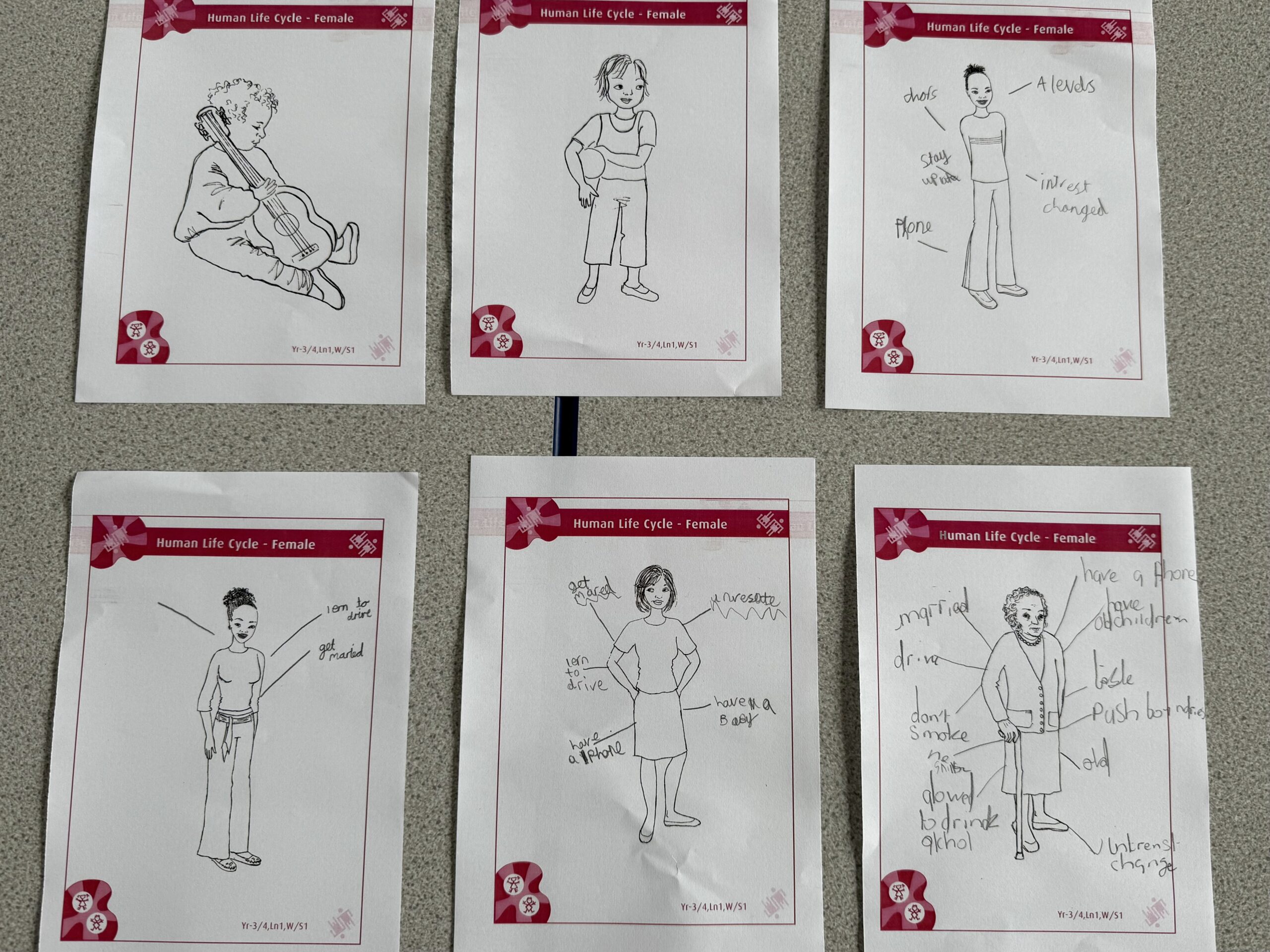 For example, when we are born, we have no responsibilities and our grown ups look after us constantly. As we grow older, we have more freedom and we realised that with freedom comes more responsibilities like cooking for yourself, having a job and learning to drive.
For example, when we are born, we have no responsibilities and our grown ups look after us constantly. As we grow older, we have more freedom and we realised that with freedom comes more responsibilities like cooking for yourself, having a job and learning to drive.
We decided that change is good because it takes us outside our comfort zone and lets us try new things!
Help at home by discussing a change that is coming up soon. How do you feeling about moving up to Year 4?
































